
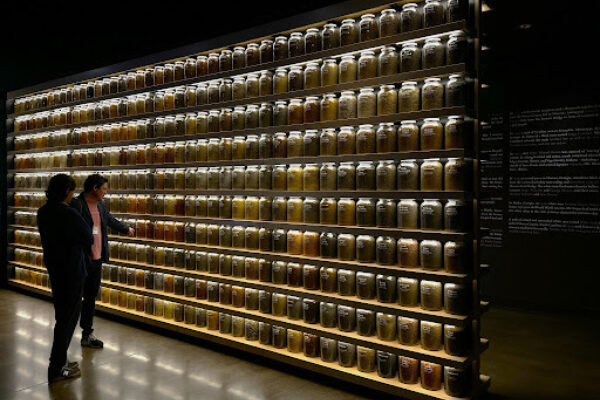
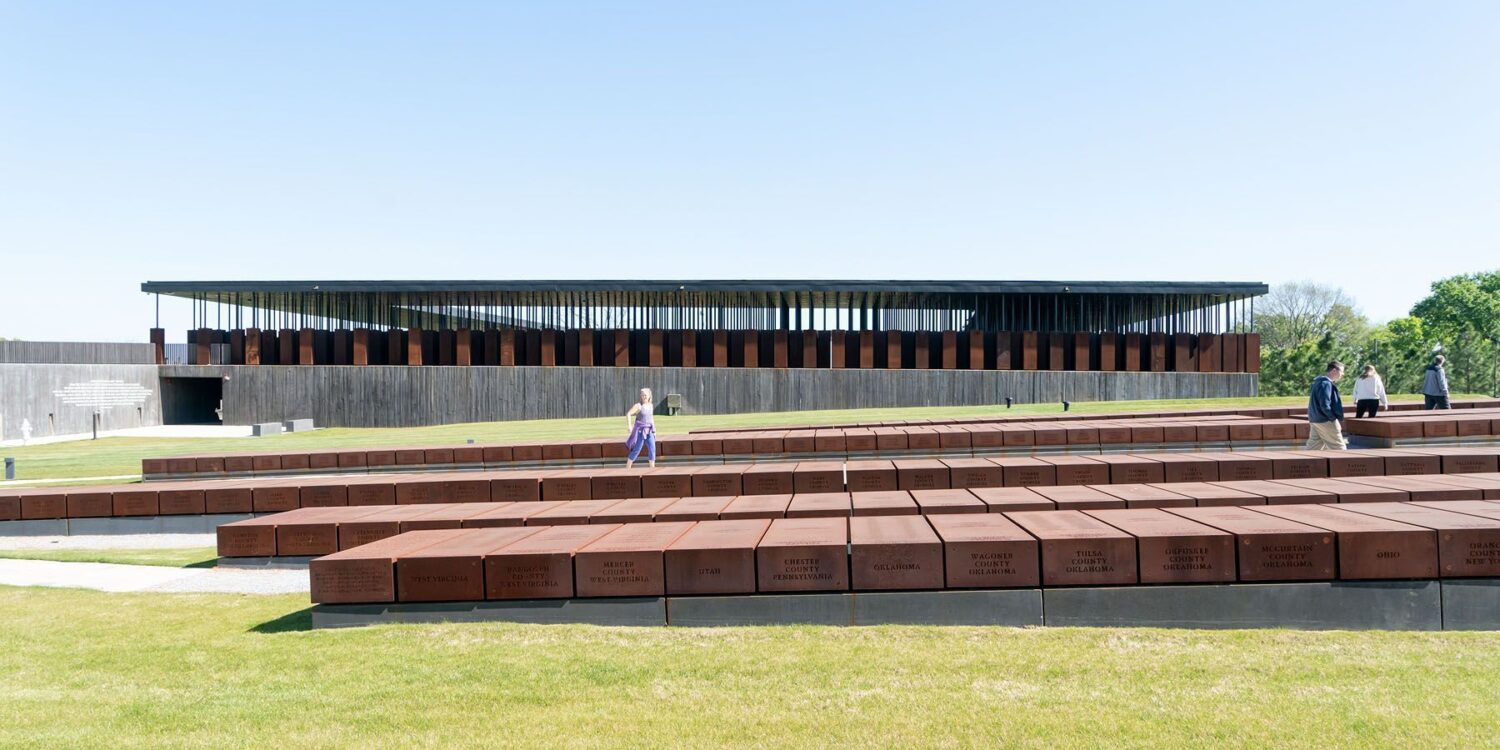
The National Memorial for Peace and Justice is the nation's first memorial to victims of racial terror lynching, documenting more than 4,000 lives lost across 800 counties. Born from years of research and community remembrance, the memorial has sparked cultural and economic transformation in the region and set a precedent for how America can confront its history through truth, participation, and systemic change.
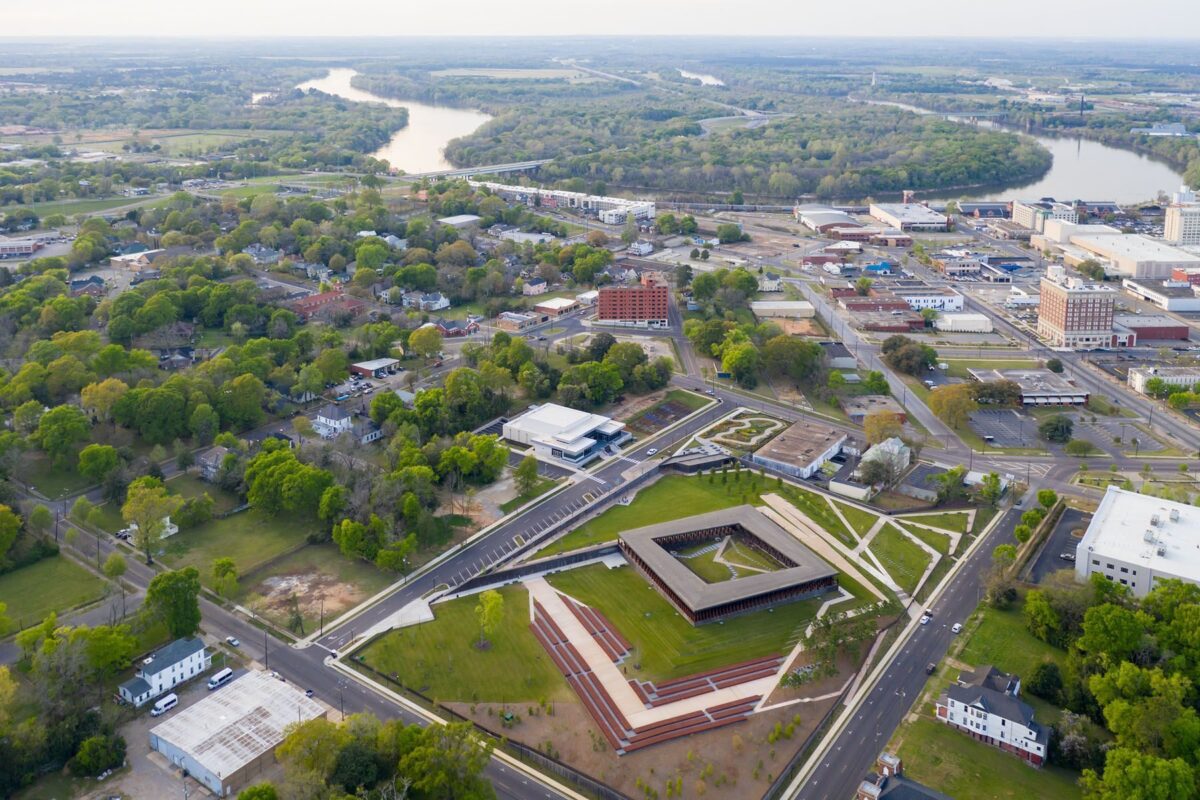


The six-acre site is anchored by more than 800 corten steel monuments, each representing a county where lynchings occurred. Victims' names are etched where known, transforming and re-humanizing anonymous statistics into real stories. As visitors move through the memorial, the ground drops and the weight of history rises overhead, shifting the monuments from upright markers at eye level to suspended forms above. This progression creates an embodied experience of a history that is so often hidden or denied.
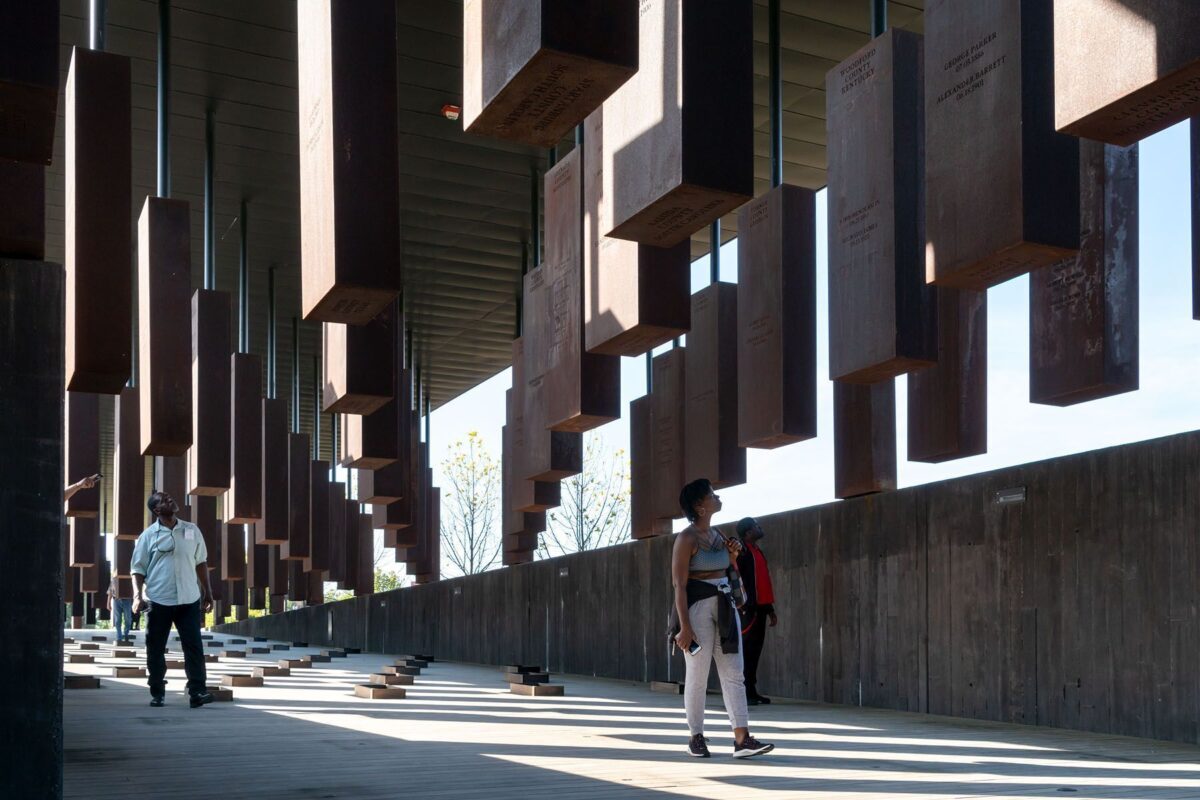
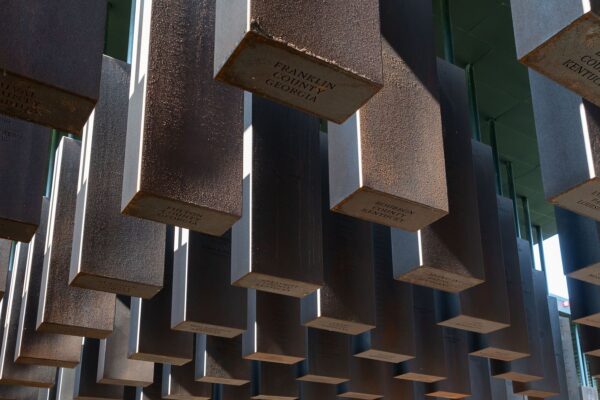
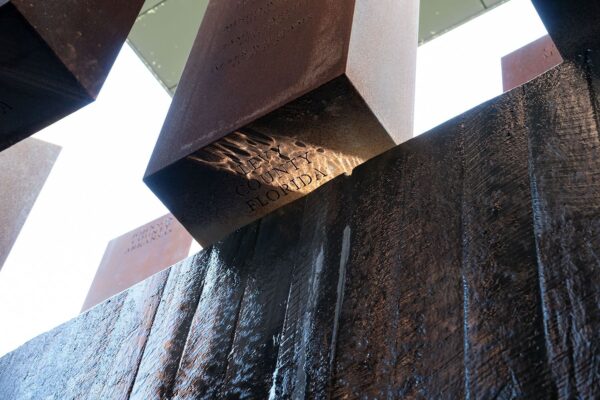
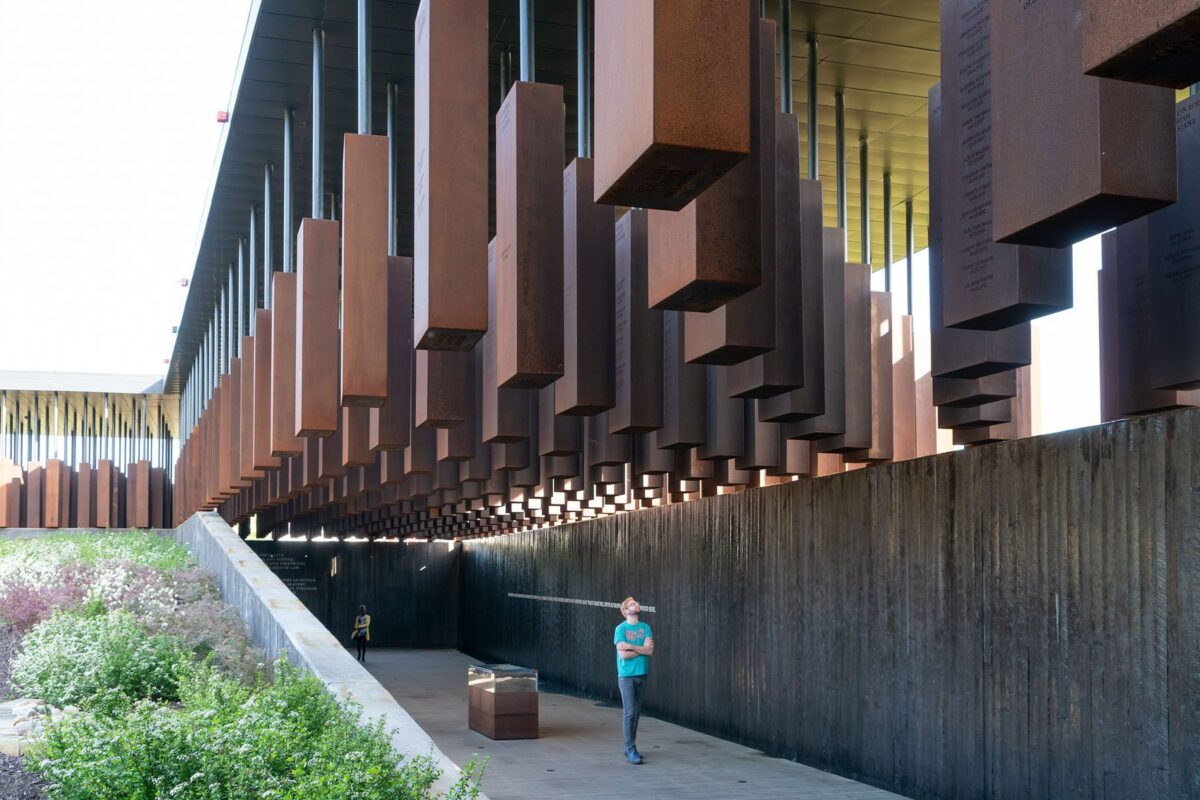
The memorial was designed not just as a site of mourning but as a framework for national participation. It began with communities collecting soil from lynching sites across the country, each jar preserving memory and place and spatializing the memory of these individuals. A duplicate set of the corten monuments lies in the surrounding landscape, intended to be claimed and installed by counties willing to confront their history. To take them home, communities must first engage in public dialogue and acknowledgment, linking local recognition to a national project of remembrance. Together, these elements establish a distributed system of memory, connecting local histories to a broader narrative of justice.
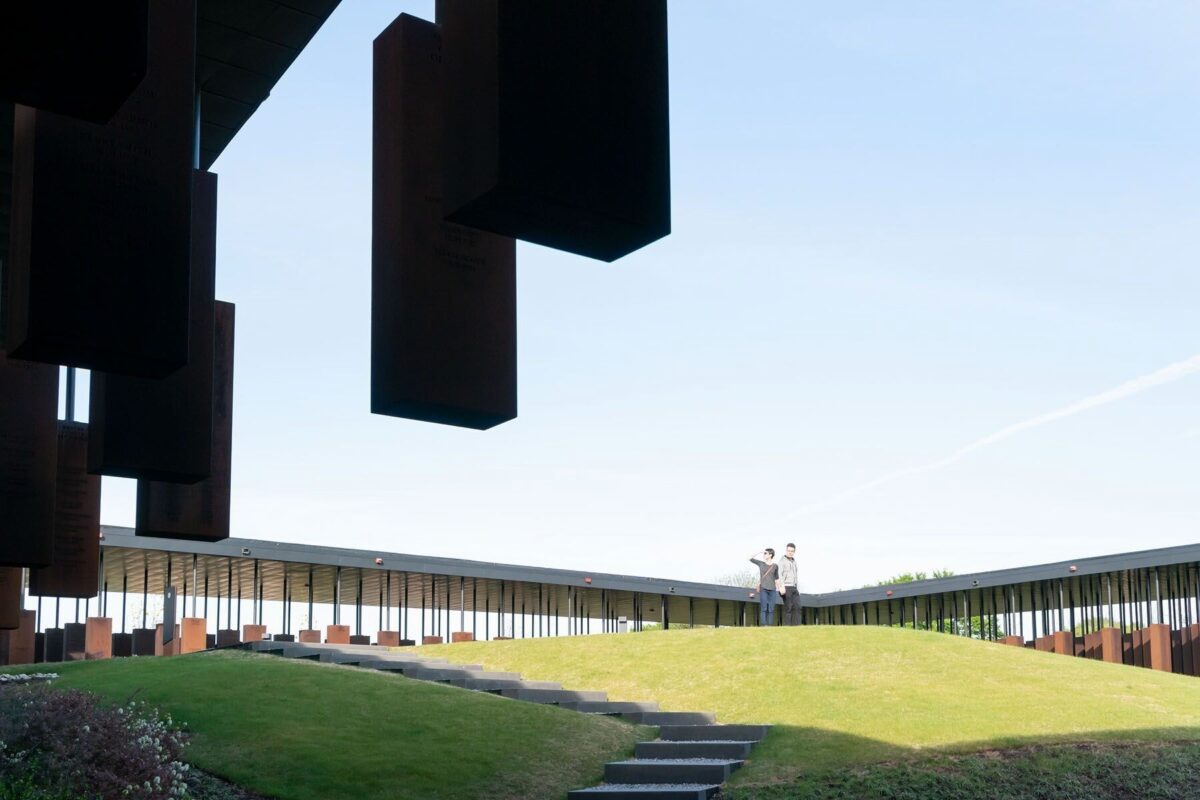
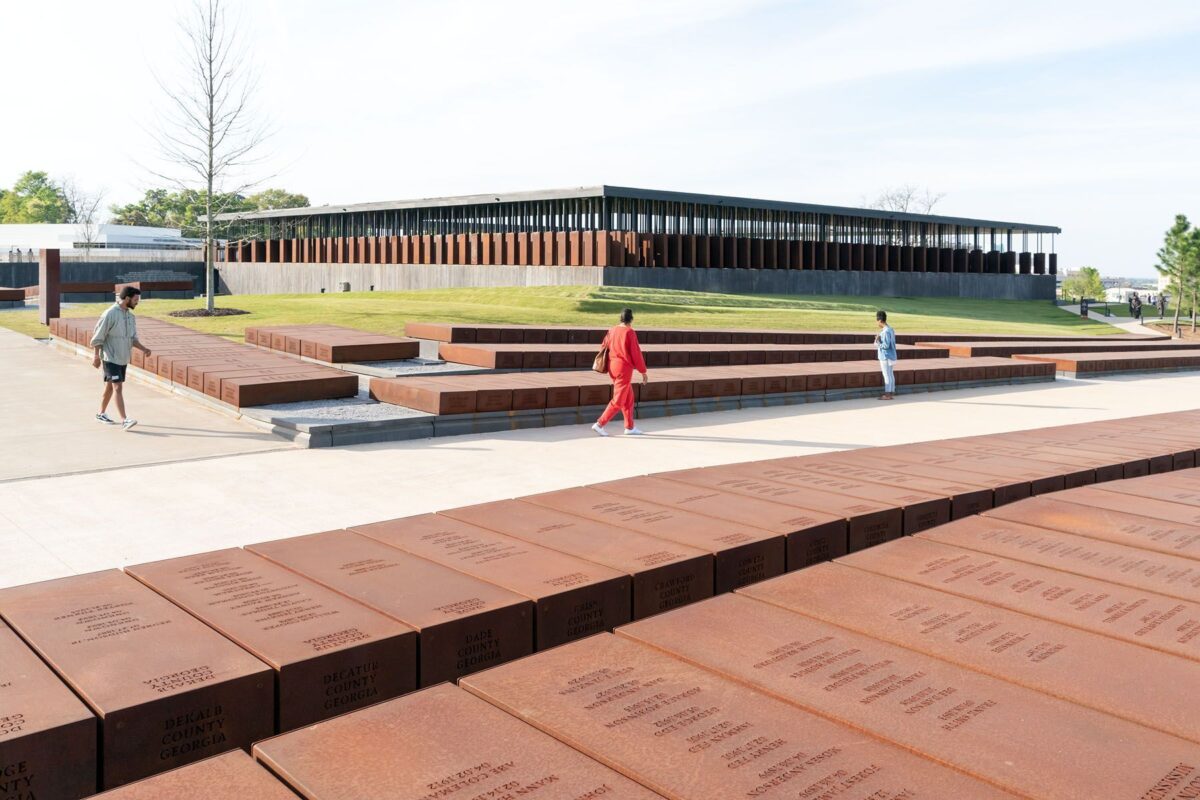
Since its opening in 2018, the memorial has welcomed more than a million visitors. It has been published on the cover of the New York Times, and Mark Lamster of the Dallas Morning News called it the "single greatest work of American architecture of the 21st century". Its presence has also contributed to cultural and economic renewal in the region, transforming Montgomery into a destination for truth-telling and reflection. The memorial reframes how America conceives of commemoration— moving from static monuments to living systems that invite participation and repair.
The long-term vision is for this work to embed acknowledgment into the fabric of American civic life. As soil archives grow, county monuments are claimed, and communities engage their histories, the memorial's reach expands. Its legacy will not only be as a record of victims, but as a catalyst for systemic change— ensuring that remembrance and justice remain central to the American story.
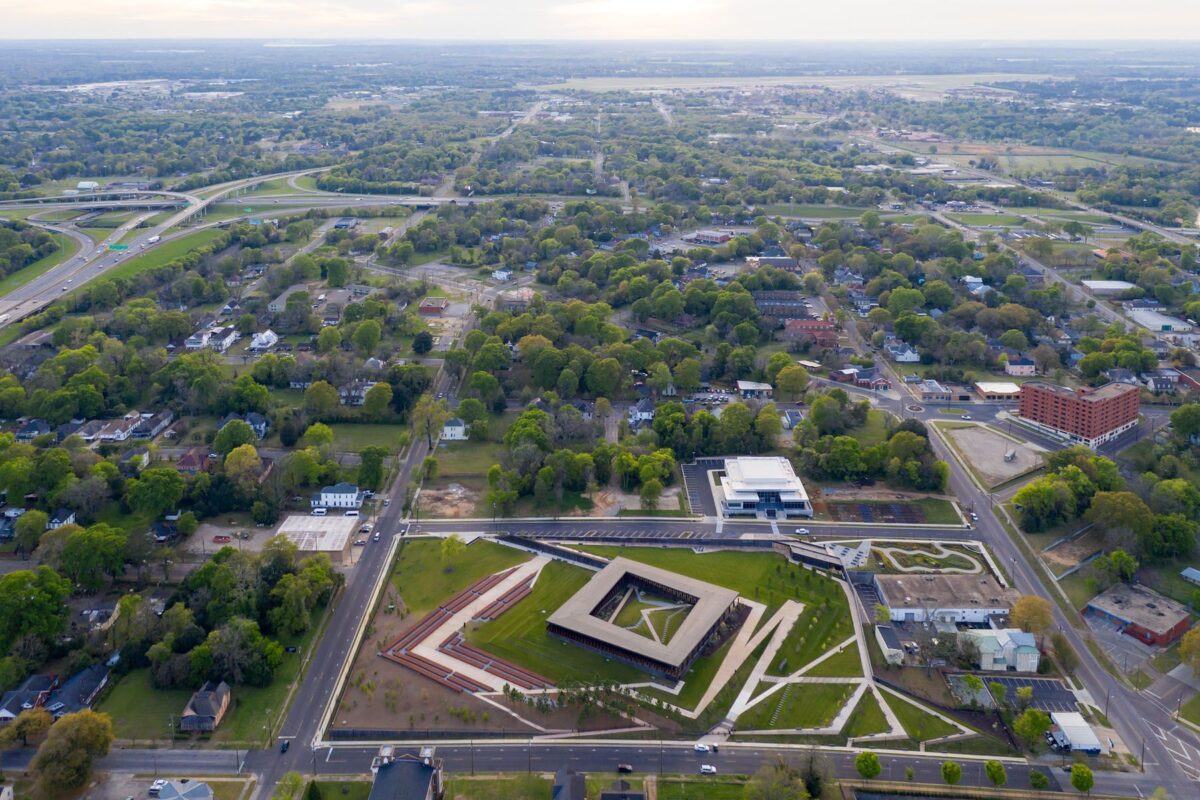
Project Info
Year: 2018
Location: Montgomery, AL, USA
Archetype: Memorial
Client Equal Justice Initiative (EJI)
Collaborators EJI, MASS Design Group, Doster Construction, NOUS Engineering, Mazzetti, Lam Partners, Pilgreen Engineering, Howe Engineers, Delta Fountains, Robert Schwartz and Associates, Small Stuff, Hank Willis Thomas, Kwame Akoto-Bamfo, Dana King, Steiner Studio